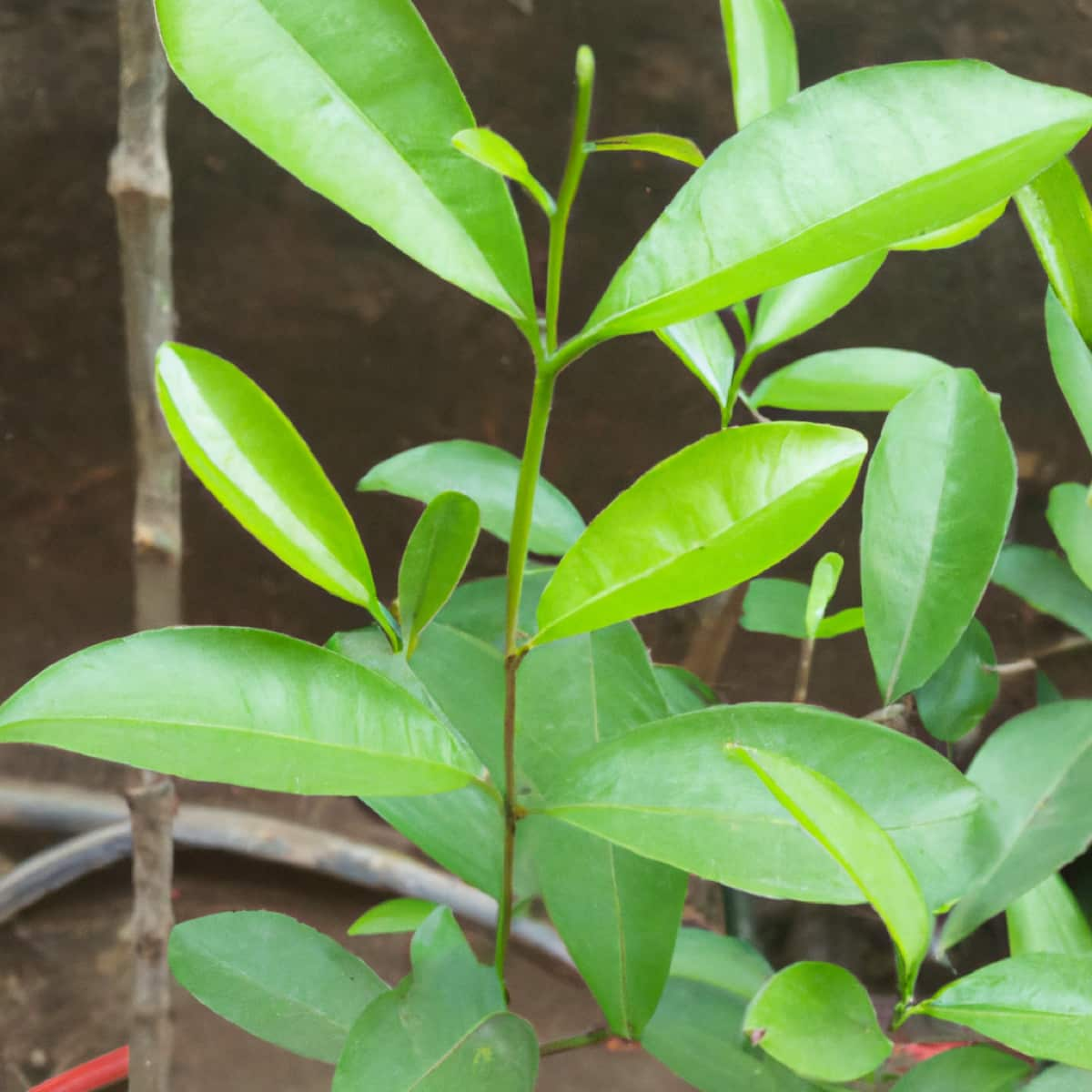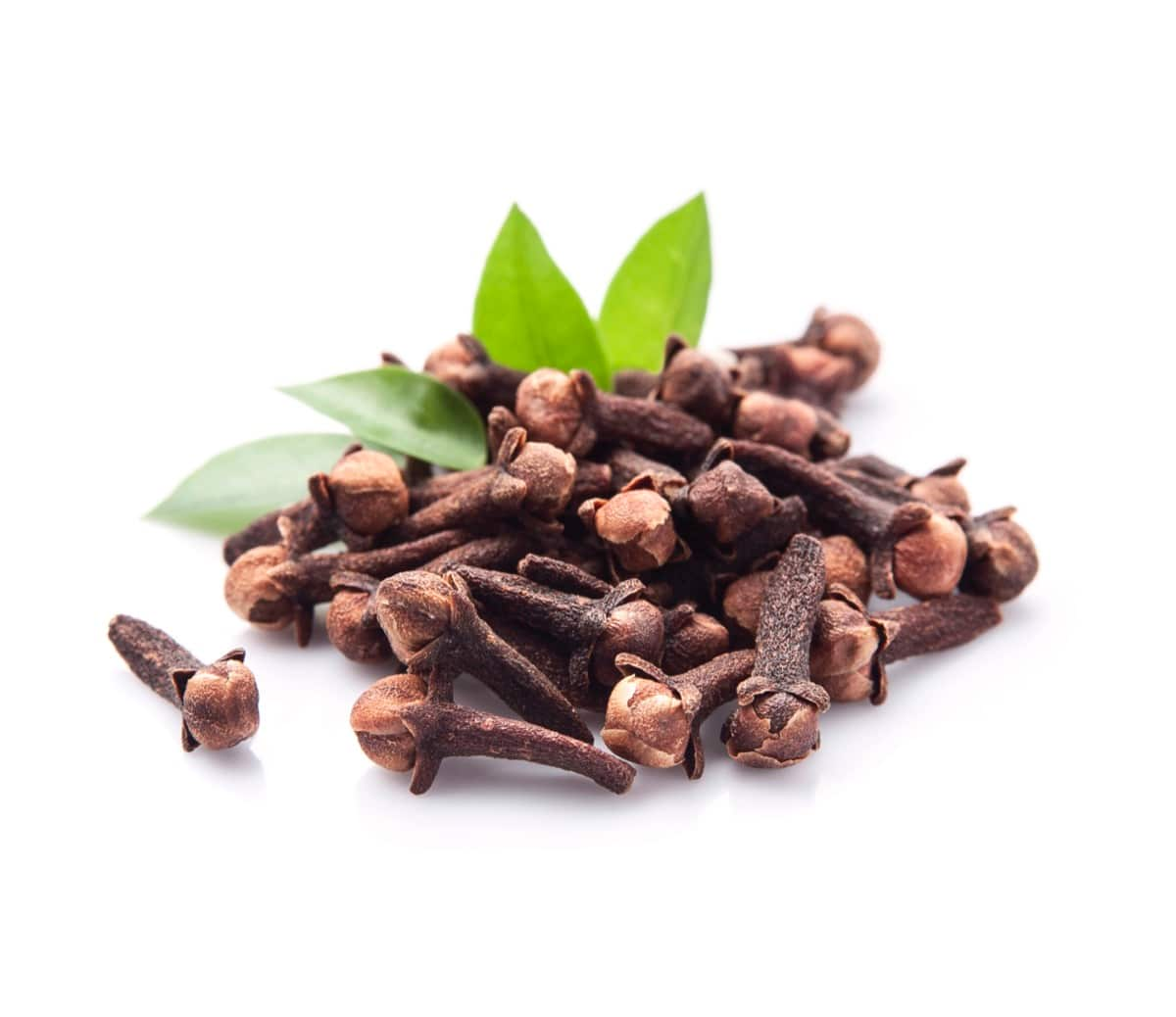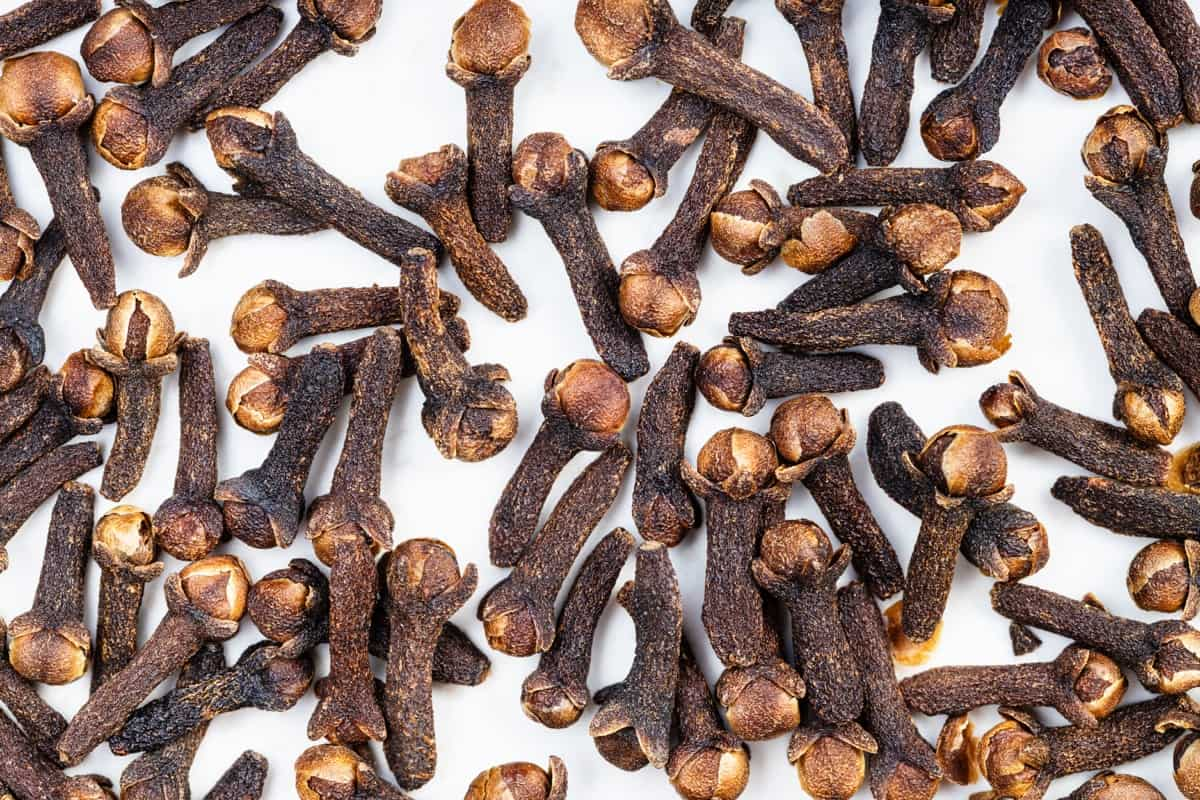As a fragrance and culinary ingredient, clove is known for its distinct aroma and flavor. In holiday dishes, clove is commonly used because of its sweet-and-spicy aroma and taste. Originally from the Moluccas Islands in Indonesia, the clove tree is an evergreen tree that can live for over a hundred years. A moist, subtropical climate and loamy, luscious soil are required for this plant. Most cloves are grown from seeds; you can grow them inside or in a greenhouse if you maintain high humidity.

How to Grow Cloves in a Greenhouse
Soil Requirements
The clove plant grows well in rich, loamy soils of the humid tropics and red soils. Because cloves cannot tolerate soggy conditions, the site selected for cultivation must have good drainage. Over the soil-sand mixture, a layer of sand (about 5-8 cm thick) may be spread. Sandbeds can also be used for seeding, but rain should be avoided to prevent erosion of the beds.
Climatic Requirements
A greenhouse is an ideal indoor spot for a clove plant, as it can be controlled year-round in a hot and humid environment. Indoor clove trees can also be grown but must be kept in an invariably humid and hot environment. Maintain a temperature of about 21 to 29 °C and relative humidity of 60-70%.
Nursery Raising and Transplanting
- A bed should be prepared with a height of 15-20 cm, a width of 1 meter, and a convenient length for sowing seeds.
- Direct sunlight should not be allowed to reach the seed beds.
- A spacing of two to three centimeters and a depth of two centimeters are recommended for the seeding.
- Small quantities of seeds can be sown in polybags filled with a soil-sand-cow dung mixture and kept in the shade if only small quantities are available.
- It usually takes 10 to 15 days for the seedlings to germinate, which may last 40 days or more.
- A mixture of soil, sand, and well-decomposed cow dung is used to transplant germinated seedlings in 25 cm x 15 cm polythene bags.
- After one year, the seedlings are sometimes transplanted into large polythene bags containing the same proportion of the potting mixture.
- When the seedlings are 18-24 months old, they are ready for transplantation.
- Seedlings can be transplanted in 1 year if planted in a 1:1 soil-vermicompost mixture.
Watering Requirements
Water your clove trees weekly, ensuring they receive at least an inch and a half of water. Additionally, if the soil is drying out between waterings, increase the watering frequency or amount. Clove trees prefer moist soil but not wet soil. If your tree’s roots are wet, they are more likely to develop rot, disease, and fungal problems that are detrimental to its life. Overwatering can cause these potentially harmful illnesses, so maintaining the right moisture balance in your soil is vital to your tree’s health.
In case you missed it: Frequently Asked Questions About Clove Farming

Fertilizer Requirements
You should apply 2-4 kg of bone or fish meal a year around the plants and 50 kg of aged manure or compost. Organic fertilizer is usually applied in clove-growing regions at the start of the rainy season. As the plant grows, apply 40 grams of urea, 110 grams of superphosphate, and 80 grams of MOP. Potassium sulfate can be used instead of MOP. When the tree has reached 15 years of age, the dosage must be increased, and 600 gm of urea, 1560 gm of superphosphate, and 1250 gm of MOP must be applied. After the summer has passed, shallow trenches need to be dug around the plant to apply fertilizer in equal split doses.
Pruning Clove Trees
Pruning may be the answer when it comes to keeping your gloves from getting sick or flying off. To keep them healthy, cut any diseased branches and remove any dead ones to prevent them from getting stressed and increase sunlight so they can grow healthier.
Diseases and Prevention
Clove trees can suffer from seedling wilt, leaf spots, leaf rot, and bud shedding, among other diseases. Stem borders, scales, and mealybugs usually damage clove trees. Additionally, root rot diseases are found in plants even when there is waterlogging in the field, which should be prevented by not allowing waterlogging to occur in the field. Clove plantations typically experience seedling wilt, one of the more serious problems. Seedlings affected by the disease lose their natural luster and droop their leaves.
They will eventually die. The disease can spread further if infected plants are left unattended. Prophylactic and carbendazim sprays can treat leaf rot, leaf spots, and bud shedding. Scale insects feed on plants, causing yellow spots on leaves and wilting of shoots. The appearance of plants affected by scales is generally poor. Spraying monocrotophos can control scale infestations. Clove plants should be checked at least twice a week, especially under the leaves, to prevent damage caused by pests and diseases.
Harvesting
The cloves you use as a spice are harvested from dried, unopened flower buds. Clove trees begin to flower after six years of planting if grown in favorable conditions. However, the tree takes at least 15-20 years to reach its full bearing. As opened, flowers aren’t considered spices. Unopened buds are picked when rounded and plump before they turn pink.
Their length is less than 2 cm at that time. Branches should not be damaged during harvesting. Once picked, the buds are dried in the sun or hot air chambers until they have lost two-thirds of their original weight, and the stems and rest of the buds have darkened to a dark brown color.
In case you missed it: Benefits of Clove Oil in Your Home Garden Plants: A Step-By-Step Guide for How and When to Apply

Conclusion
Tropical and subtropical temperatures are the best conditions for clove trees. If you can maintain the temperature, you can grow this plant indoors or in a greenhouse. Healthy clove trees require proper soil conditions, watering, and fertilizing. Clove trees take approximately 5-7 years to yield fruits, so give them time.
- Ultimate Guide to Ossabaw Island Hog: Breeding, Raising, Diet, and Care
- Ultimate Guide to Juliana Pig: Raising Facts, Size, Diet, Care, and Lifespan
- Raising Lleyn Sheep: Disadvantages, Price, Uses, Characteristics, and Care
- Ultimate Guide to Meishan Pig: Breed Facts, Breeding, Raising, and Care
- Ultimate Guide to Teacup Pigs: Raising, Diet, Lifespan, Cost, and Care
- Guide to Raising Poll Dorset Sheep: Facts, Profile, Characteristics, Uses, and Care
- Ultimate Guide to Bighorn Sheep: Characteristics, Diet, Lifespan, Breeding, and Lifecycle
- Ultimate Guide to Raising Katahdin Sheep: Farming Facts, Breed Profile, Uses, and Care
- Ultimate Guide to Raising Oreo Cows: Belted Galloways Farming Facts, Profile, Uses, and Care